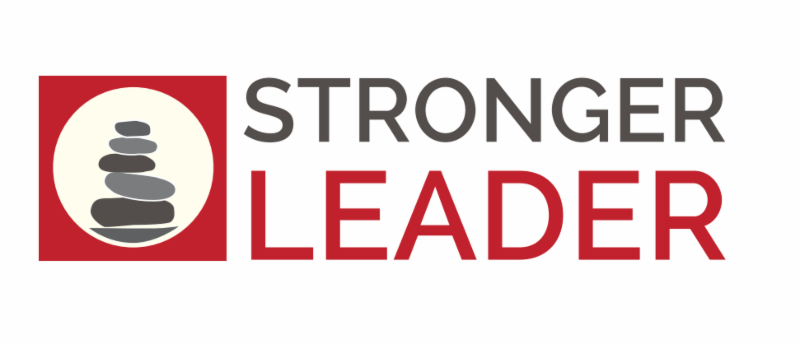Have you ever calculated the break even point for a product-based business? A few years ago, I would have glazed over at the thought. Luckily, I’ve received some excellent training from Laurie Taylor, creator of Destination Greatness, an online business development program that has become a critical component of the Victory Circles Acceleration Coaching Program. Of course teaching business planning for Women's Economic Ventures has been quite helpful as well. 
I am so pleased to have a greater understanding of the tools and resources to help others become more profitable by setting a plan. Of course, you first need to break even to move on to make a profit, so here’s a brief overview.
Basically, breaking even is when the Costs of running your business are equal to the Revenues you generate. This is why it’s essential to know how much money it takes to run your business every month on the expense side of your Profit Plan (you may call it a budget, but we like to think of it as a plan to make your business more profitable). Then, you can make adjustments in price and volume to move beyond breaking even to profitability.
Your costs can be separated into two categories: Fixed Costs and Variable Costs. Fixed costs are the expenses like rent, insurance, professional development, memberships, marketing, office supplies, phone, internet and utilities. These costs do not vary based on the services or products you’re providing. If you are strictly a service-based business, these may represent your total expenses. In that case, you can calculate your breakeven point by dividing your hourly rate into your expenses. Use the numbers below as an example to calculate the breakeven point for a month:
Fixed costs = $2,000/month
Hourly rate- $50/hr
$2,000/$50 = 40 hours
So, you need to work 40 hours in a month in order to break even. Good to know and easy to calculate, right? In order to make a profit, you need to bill more hours or charge higher fees.
If you have a product-based business, or if you’re selling products related to your service business, you will have fixed costs as well as variable costs directly related to production. For example, if you have a jewelry business, your variable costs are your supplies (e.g., silver, beads, gemstones, clasps), labor (e.g., part-time help at craft fair), packaging and any other costs related to making your product. These costs vary directly with the products that you make.
The equation now gets a little more complex. To calculate the number of units you need to sell to break even, divide Fixed Costs by your Unit Profit Margin (Sales Price – Cost per unit).
Fixed costs = $1,000/month
Sales price = $30
Cost per unit = $17
1000/13 = 77 units
So, you need to sell 77 bracelets in order to break even. Again, to make a profit, you’ll need to sell more bracelets or shop vendors for better deals on supplies or charge a little more for each item. You get the drift (If you’re really into this number thing, email me [gmiele@optimaldevelopmentcoaching.com] for more information on how to calculate the break even dollar amount for a product-based business, too lengthy for the current post).
Now that you know how to break even, use your imagination to start making plans to be more profitable by increasing your prices and/or your sales, decreasing your expenses or coming up with a new product line that can generate more revenue. These are the areas where your entrepreneurial imagination combined with good business sense can really propel your business forward.
Need to focus more on the financial aspects of your business? We've got workshops in the next week designed to do just that. Visit www.victorycircles.com/unlockingthepower for more information.
Gloria M. Miele, Ph.D. is a business development and leadership coach, author, speaker and  trainer who uses a strengths-based approach to help individuals, groups and organizations achieve their goals and realize their greatest success. She is also a Victory Circles facilitator. To learn more and receive a free tool to optimize your strengths, visit her website and sign up for weekly business building tips and resources at www.optimaldevelopmentcoaching.com.
trainer who uses a strengths-based approach to help individuals, groups and organizations achieve their goals and realize their greatest success. She is also a Victory Circles facilitator. To learn more and receive a free tool to optimize your strengths, visit her website and sign up for weekly business building tips and resources at www.optimaldevelopmentcoaching.com.


